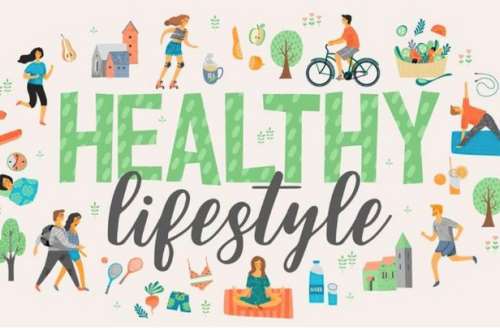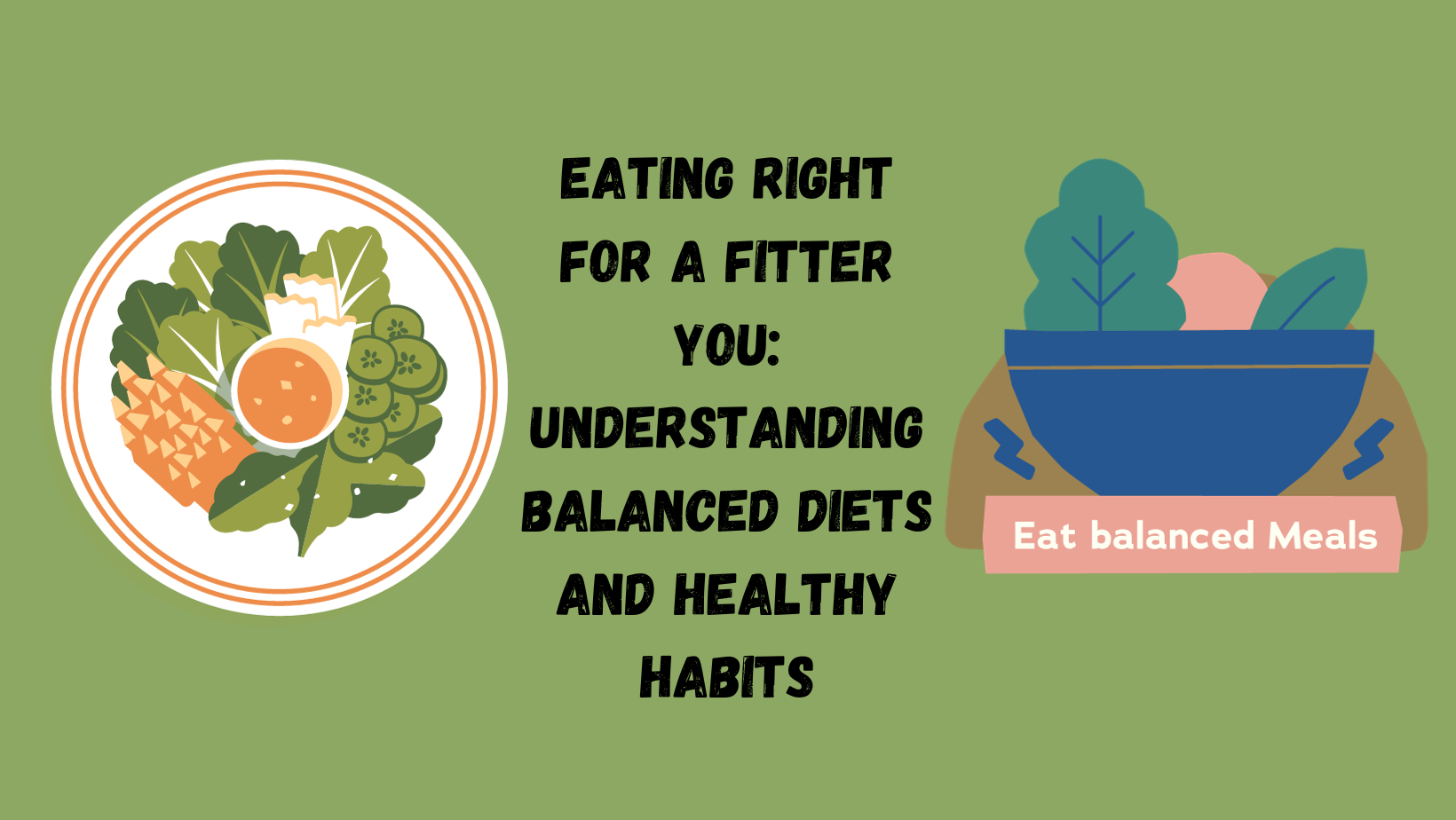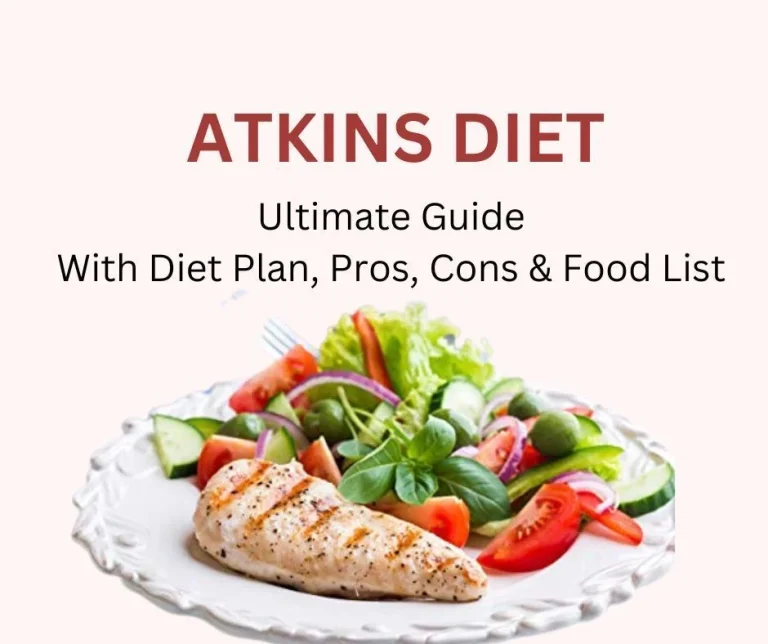Forget about miracle diets. Eating healthy is the best option to lose weight and not suffer the so-called rebound effect. Keep in mind that the best option is to eat a varied diet.
Maintaining a healthy diet and doing regular physical exercise are essential to enjoy a good quality of life and achieve an ideal weight. Therefore, on this occasion we want to share a series of tips to design a balanced diet to lose weight.
Remember that in a nutritional plan it is recommended that foods from all groups be included. Restrictions are not recommended and do not usually offer good results.
Types of basic foods for a balanced diet to lose weight
The basic foods in any diet plan to lose weight are those whose properties cover the body’s needs. Although they do not have the ability to burn fat on their own, they prolong the feeling of satiety and help detoxify. Don’t hesitate to eat:
- Fruits and vegetables : these are the foods that have the most vitamins and minerals. Due to their low calorie content, they are ideal for losing weight.
- Fish and lean meats: due to their amino acid content, they support metabolic functions and the formation of muscle mass. Keep in mind that proteins are nutrients that have been shown to ensure good muscle function.
- Nuts, legumes and cereals: they promote the control of hormonal activity and are recommended as the main source of energy.
Tips to promote weight loss in a balanced diet
The best way to obtain good results with a balanced diet to lose weight is to consume fewer calories than we burn during the day. Likewise, these calories must come from foods of high nutritional quality , like those we already mentioned. What other tricks help?
1. Increase the fiber content in the diet
Fiber is a compound of great importance when it comes to having a healthy diet. It facilitates digestion and improves intestinal transit, according to research published in Alimentary Pharamacology & Therapeutics. Much better if accompanied by liquid.
Therefore, a balanced diet must have a high fiber content . In this way we contribute to cleansing the body , helping excess fat to be correctly eliminated.
2. Consume monounsaturated fats

We can include them with products such as olive oil , both raw and for cooking. In addition, we can consume nuts daily, for example, during breakfast or with natural yogurts.
On the other hand, we should try to avoid the consumption of red meat as much as possible. Also industrial pastries and processed foods.
3. Eat seeds frequently
Another interesting guideline when following a balanced diet is the regular consumption of seeds. They are a source of nutrients of great value for the body. And, apart from that, they will provide us with a generous amount of fiber.
4. Eat more protein
Science has confirmed on several occasions the importance of proteins in weight loss diets. In detail, consuming this macronutrient increases the amount of calories burned per day and, in the process, reduces appetite.
In fact, eating protein prolongs a longer feeling of satiety than that caused by fats and carbohydrates. Furthermore, its proper assimilation favors the formation of muscle mass.

Let’s talk about the Avengers of a balanced diet – fruits, veggies, proteins, carbs, and fats! These guys are like the dream team for keeping your body in tip-top shape. From the incredible Hulk power of veggies to the protein-packed Captain America, each one plays a vital role in keeping you going strong. The essential elements of a balanced diet are as follows:
- Fruits and vegetables: You should consume a good amount of these in your diet. They supply vital minerals, vitamins, dietary fiber, and antioxidants. To make sure you receive a variety of nutrients, try to go for a colorful variety.
- Lean meats, poultry, fish, eggs, dairy products, legumes (beans, lentils, chickpeas), nuts, and seeds are good sources of protein. Protein is essential for immune system function, general development and repair, and muscle maintenance.
- Carbohydrates: Select complex carbs, such as those found in whole grains (quinoa, brown rice, and whole wheat bread), as they offer fiber and long-lasting energy. Restrict your consumption of sugar-filled foods and processed carbs.
- Add healthy fats to your diet, such as those in avocados, almonds, seeds, olive oil, and nuts. Steer clear of or consume less processed and fried foods that contain trans and saturated fats.
- Hydration: Water is necessary for good health in general. To stay hydrated, sip lots of water throughout the day. Avoid overindulging in sugar-filled drinks and coffee.
- Portion Control: Be mindful of serving sizes to prevent overindulging and efficiently control the amount of calories consumed.
- Moderation: Eat meals heavy in sugar, salt, and bad fats sparingly. Reduce your intake of processed foods, sugary snacks, and high-sodium foods.
- Variety: To guarantee that you get a wide range of nutrients, include a variety of foods in your diet. Additionally, it enhances the enjoyment of meals and helps avoid food boredom.
What are the four types of balanced diets?
Ever heard of diets that aren’t about losing weight but feeling supercharged? Yup, we’re talking about different diets for different superheroes! There’s the all-around General Balanced Diet, the Weight Loss Diet (it’s not just about numbers on a scale, promise!), the Veggie/Vegan Diet (who says plants can’t be cool?), and the Specialized Diets (custom-made for specific health missions).
- A well-rounded diet that comprises a range of foods from all food groups in the right amounts is known as a generally balanced diet. It seeks to offer every nutrient necessary for general health and well-being. Fruits, vegetables, whole grains, lean proteins, dairy products or dairy substitutes, and healthy fats are all components of a generally balanced diet. The majority of people can use it since it promotes general health and guards against dietary deficits.
- Diet for Weight Loss or Weight Management: This kind of balanced diet is intended to assist people in either maintaining a healthy weight or losing excess weight. It usually entails calorie restriction, portion management, and an emphasis on foods high in nutrients. It restricts the intake of high-calorie, high-fat, and sugary foods and places an emphasis on fruits, vegetables, lean meats, and whole grains. The main goal is to reduce weight.
- Vegan or Vegetarian Diet: Vegan diets forgo all animal products, including dairy and eggs, while vegetarian diets only allow meat, poultry, and seafood. Plant-based foods such fruits, vegetables, legumes, nuts, seeds, and grains are the mainstay of these diets. Vegetarians and vegans must make sure they consume enough protein, vitamin B12, iron, calcium, and other vital elements from plant-based foods or supplements in order to keep their bodies in balance.
- Diets that are therapeutic or specialized: Specialized diets are designed to address particular dietary requirements or medical issues. Examples include the low-sodium diet for people with high blood pressure or cardiac problems, the ketogenic diet for people with epilepsy or those looking to lose weight, and the gluten-free diet for people with celiac disease or non-celiac gluten sensitivity.
What should a balanced diet be like?
A balanced diet is characterized by having 6 qualities:
- Adapted . The diet must be totally personalized to the particularities of each person as I mentioned before, their schedules, their economic conditions, their emotional state, etc.
- Complete. It must provide in adequate quantities all the nutrients and fiber that our body needs.
- Satisfactory . We cannot forget that eating is a pleasure, it is important that the foods, quantities and preparations are appropriate and pleasant to satisfy us.
- Varied . To get away from monotony, it is highly advisable to vary our range of foods and make sure they are fresh and seasonal.
- Sufficient in energy . That our diet provides the energy we need is important both for the correct functioning of our body and to prevent excess weight and all associated ailments and pathologies. To lose weight, the best option is to follow a balanced diet to lose weight , in which the caloric and nutrient intake is controlled, to reduce weight while avoiding nutritional deficits and compromising health.
- Safe . It should not put our health at risk, it should prevent food poisoning and avoid the ingestion of harmful components.

Making sustained, progressive changes to your eating habits that support improved health and well-being is the key to improving your diet. Here are some actions to assist you in making dietary improvements:
- Evaluate Your Existing Diet: To begin with, note your present eating patterns for a few days in a food journal. Record the foods you eat, when you eat, how much you eat, and any emotional reasons why you eat.
- Clearly define your objectives: Establish dietary targets that are specific to your desired level of health. Well-defined objectives offer inspiration and guidance, regardless of your health improvement, energy level, or weight loss objectives.
- Add Extra Vegetables and Fruits: Try to eat half of your plate composed of fruits and vegetables. They include high levels of antioxidants, fiber, vitamins, and minerals. Try varying the hues and varieties to increase the variety of nutrients you consume.
- Opt for whole grains. Whole grains give you additional nutrients and fiber, which prolongs feelings of fullness.
- Lean Proteins Should Be Included: Lean protein sources include fish, chicken, beans, lentils, tofu, and low-fat dairy products. Both appetite management and muscle health are bolstered by protein.
- Healthy Fats: Opt for fats that are better for you, such as those in olive oil, avocados, nuts, and seeds. Reduce your intake of processed and fried foods high in trans and saturated fats.
- Regulated Areas: Take note of serving sizes to prevent overindulging. Eat from smaller portions and refrain from asking for seconds.
- Limit Added Sugars: Cut back on the amount of sugary meals and drinks that you consume, such as sodas, sweets, and desserts. When in doubt, go for natural sweeteners like honey or maple syrup.
- Keep Yourself Hydrated: Sip lots of water all day long. Thirst can occasionally be confused with hunger.
- Examine the labels: To learn about the nutritional value of packaged foods, read the food labels. Seek for goods with the fewest possible preservatives and additives.
- Eat with awareness: Take your time and enjoy your food. Observe your body’s signals of hunger and fullness. When dining, keep distractions like TV and phones away.
- Eat Fewer Processed Foods: Limit the amount of highly processed foods you eat because they frequently contain harmful fats, too much sugar, and salt.
- Seek Support: For individualized advice, think about collaborating with a certified dietitian or nutritionist. Additionally, you can participate in social activities that encourage healthy eating or join a support group.
Level Up Your Lifestyle Game
A balanced diet is just one piece of the puzzle. We’ll uncover the other pieces: physical activity (yes, it’s fun!), sleep (your body’s reboot button), stress-busting techniques (sayonara, stress monsters!), hydration (drink up for a healthier you), and more secrets to a top-notch lifestyle.
- Nutrition: Consuming a range of fruits, vegetables, whole grains, lean meats, and healthy fats in a balanced diet. limiting or staying away from processed foods, sweetened beverages, and high fat and sugar content.
- Exercise or physical activity that fits your fitness level and preferences should be done on a regular basis. To increase cardiovascular health, gain muscle, and preserve flexibility, combine strength training, cardio, and flexibility workouts.
- Sufficient Sleep: Both mental and physical well-being depend on getting enough good sleep each night. Try to get between seven and nine hours each night to give your body and mind time to relax and recover.
- Stress Management: Creating efficient coping mechanisms for stress, such as practicing yoga, deep breathing techniques, mindfulness meditation, or participating in hobbies and enjoyable activities.
- Hydration: Keeping hydrated throughout the day by consuming a sufficient amount of water. Water is necessary for several body processes, such as digestion, blood flow, and temperature control.
- Social Connections: Creating and preserving a good rapport with friends and family. Social ties boost emotional health and can be a source of comfort during trying times.
- Refusing or reducing the use of dangerous substances, such as tobacco, excessive drinking, and recreational drugs, is known as “avoiding harmful substances.”
- Mental Health: Making mental health a priority and getting assistance when required. This could entail receiving counseling, therapy, or other mental health services.
- Positivity and thankfulness are key components of a positive mindset. Resilience and general wellbeing can be improved by adopting a positive mentality.
- Self-care is making time for enjoyable and relaxing self-care activities. Hobbies, reading, bathing, and spending time in nature are a few examples of this.
Example of a balanced menu for one day
| Breakfast | Whole wheat bread with tomato and avocado. A banana. Infusion. |
|---|---|
| Midmorning | A yogurt with a handful of nuts. |
| food | Complete salad with peppers, tomato, onion, chickpeas and hard-boiled egg. An Apple. |
| Snack | Milk with oats. A pear. |
| Cena | Cabbage dish with potato. Grilled sole. A yogurt. |
Also Read:
- Is it necessary to exercise to lose weight?
- What Is Raw Diet Plan For Weight Loss Regime
- Paleo Diet: How to lose weight naturally?
How many times do you eat a day?
Mealtime is like a game strategy. Should you go for three meals or many tiny ones? What about intermittent fasting? Dive into these mealtime mysteries and unveil the secrets to meal frequency and quality food choices.
- For many individuals, eating three meals a day is the customary way to eat. Usually, breakfast, lunch, and dinner are included. If you get hungry in between, you can add snacks.
- Five or Six Small Meals: A smaller, more frequent meal pattern is preferred by certain persons throughout the day. In addition to preventing overeating during big meals, this can assist in sustaining energy levels.
- Intermittent Fasting: This strategy alternates between eating and fasting intervals. The 16/8 approach, which involves fasting for 16 hours and eating within an 8-hour window, and the 5:2 method, which involves eating regularly for 5 days and limiting calories on 2 non-consecutive days, are common fasting windows.
- Pay heed to your body’s signals of hunger and fullness by listening to them. Regardless of the amount of meals, eat when you’re hungry and quit when you’re full.
- Snacking: In order to reduce hunger and preserve energy, some people choose to eat three main meals a day with one or two snacks in between.
- No matter how many meals you consume, mindful eating can help you choose healthier foods, eat less, and enjoy each bite of your meals.
So, there you have it, fellow health adventurers! With the power of balanced diets and a sprinkle of lifestyle magic, you’re on your way to becoming the healthiest and happiest version of yourself. Remember, it’s not just about eating right; it’s about living your best life—one healthy bite at a time! Ready to unleash your inner health superhero? Let’s go on this epic journey together! 🥦💪🌟










Your blog is a beacon of light in the often murky waters of online content. Your thoughtful analysis and insightful commentary never fail to leave a lasting impression. Keep up the amazing work!